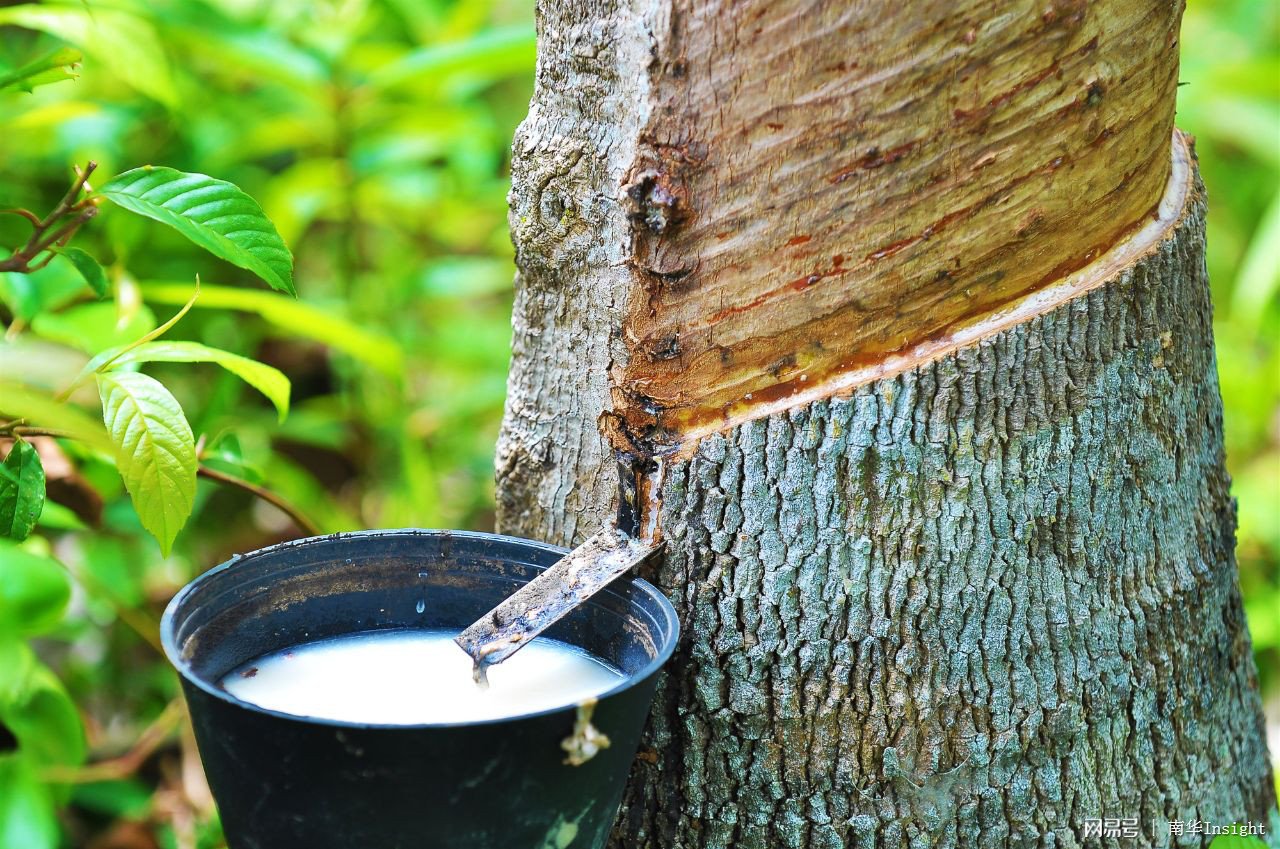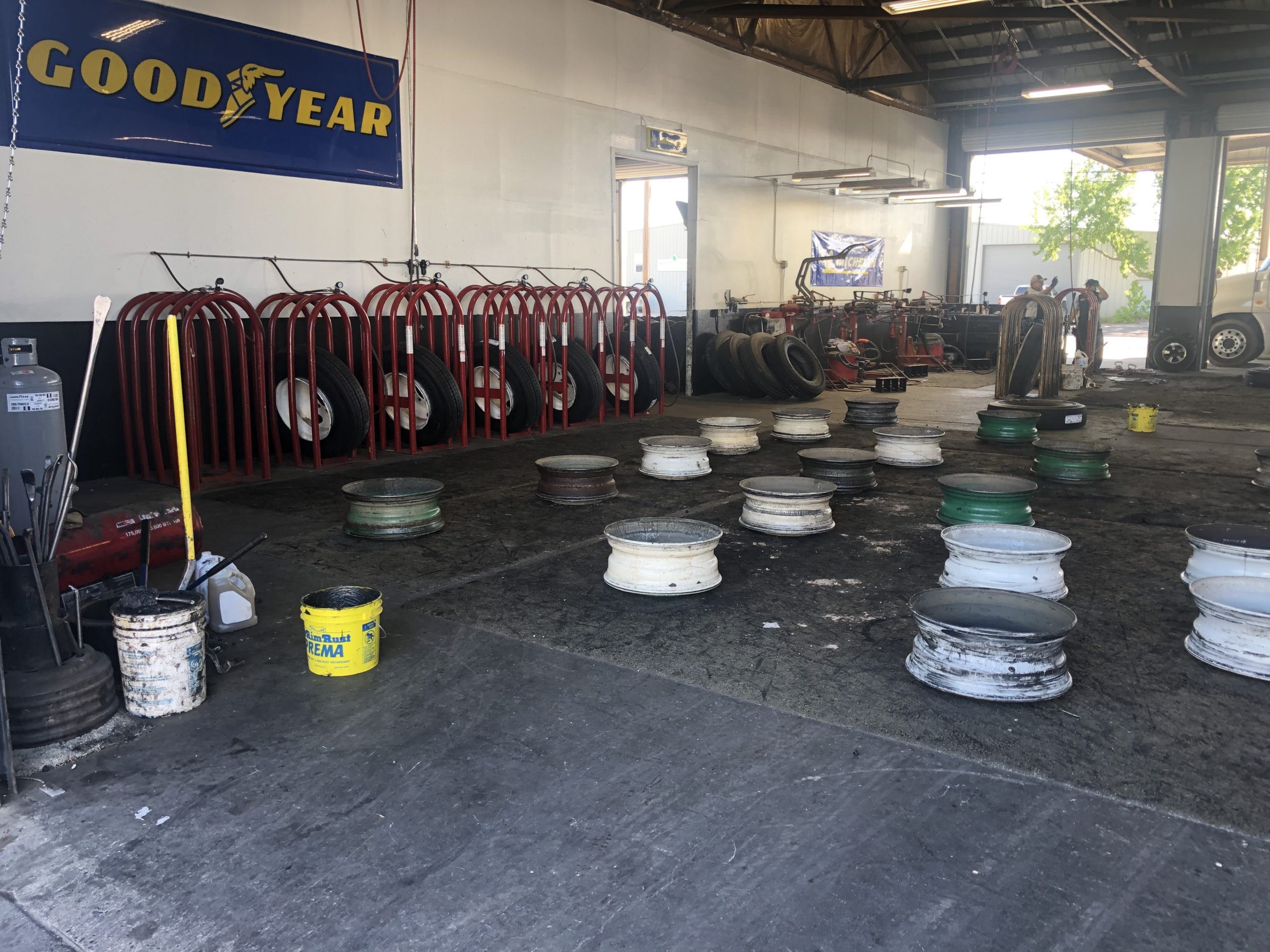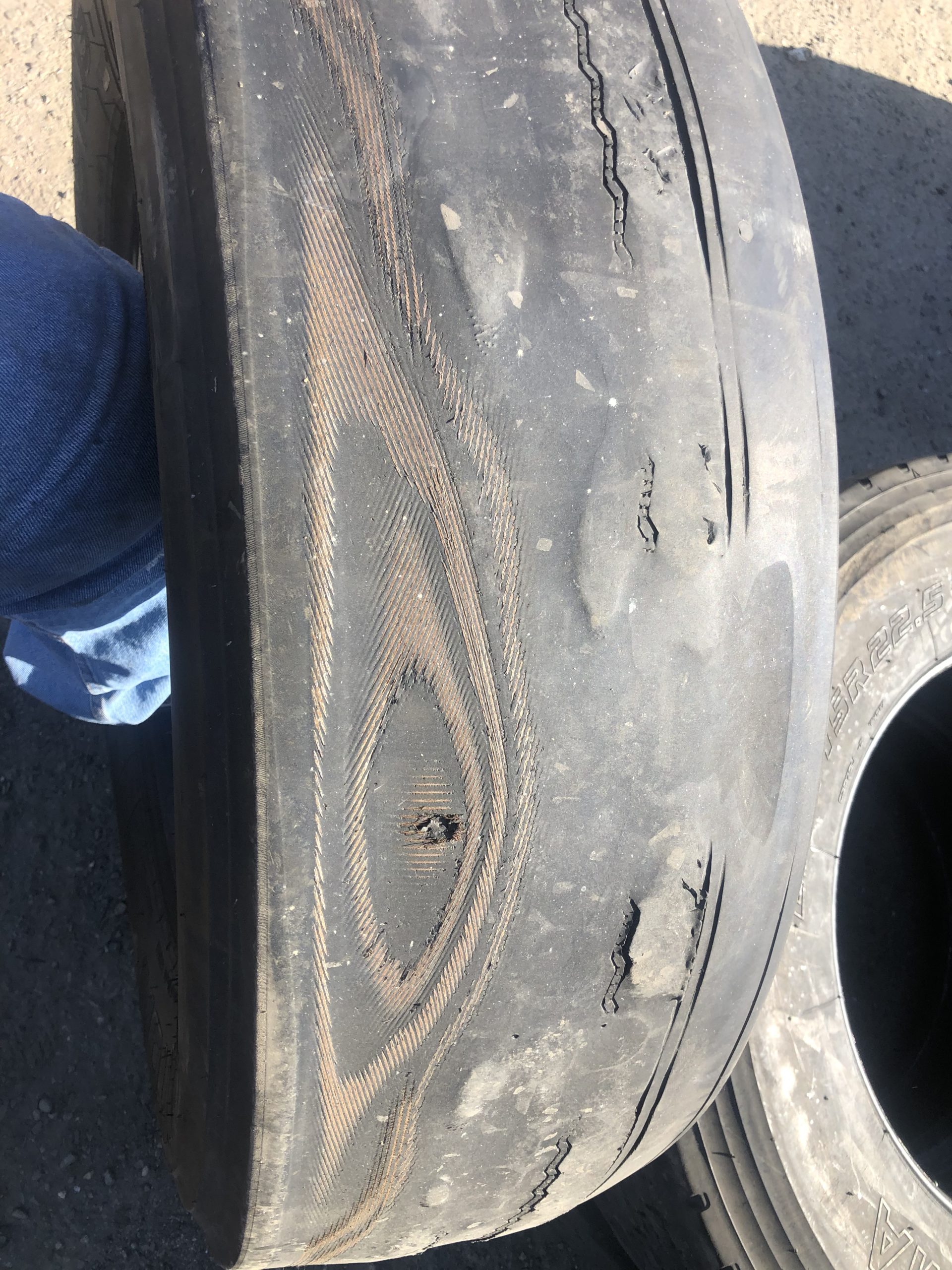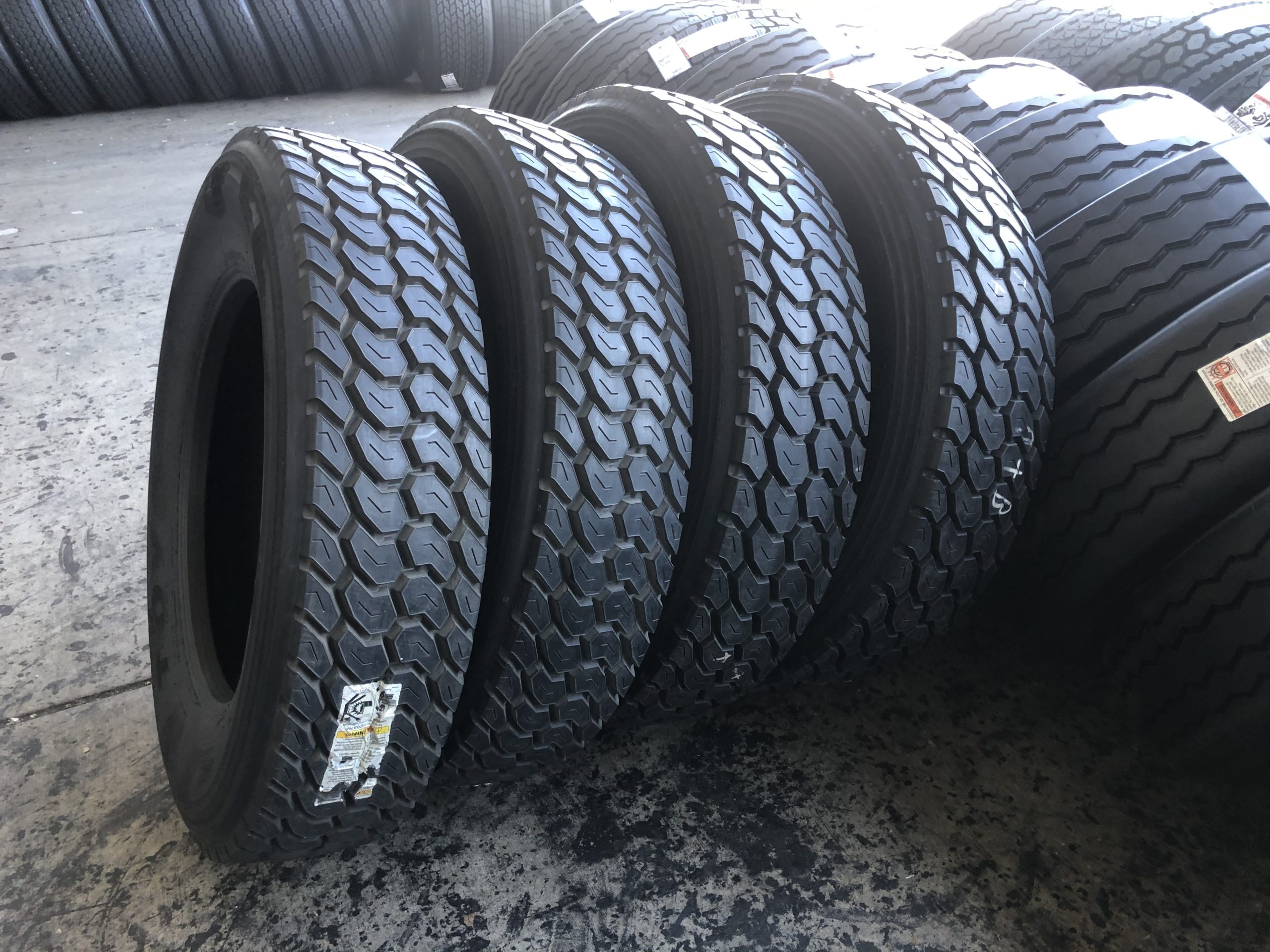- Everybody’s doing it
There are more retreads on full and medium sized trucks on the road today than “new” tires. Although retreading is not nearly as prevalent in light truck and passenger tires as it used to be, major operators of light trucks in final-mile package delivery are also huge retreaders. School districts, fire departments, City Buses, Fuel Haulers, and every other kind of thing that gets hauled on a truck at one-point rides on a retreaded tire.
- You’re in business to make money
Retreading one’s own casing costs ½ as much as replacing with a new tire at initial purchase. New tires come in different levels of quality. They are complicated and made of rubber, additives, oil, and steel. The ingredients in the tires and the processes that meld them together have a range of high to low cost and quality. Tread Rubber Manufacturers offer a range of performance/cost options as well. This range allows retread shops match the performance of the retread to the performance of the new tire their customer had to an extent. The performance of the tread rubber can be tuned to the customer’s interest, but the process of applying the tread and creating the new product of a DOT-branded commercial retread has uniform quality finish across the SKUS.
- It is the right thing – ecologically.
The new tire weighs 135lbs when it is put on the truck. The new tire lives out its useful life, down to the wear bars. Once removed, it will cost about $14 to legally deposit this 100lbs. into the waste stream. Governments across the USA have developed “Tire Recycling” programs that tax the sales of new tires to help fund tire pile abatement. Tire piles are hazardous because if they catch fire, they are ecologically disastrous. They create molten oil that pollutes the water table and emit poisonous gases. The 14$/tire that truck stops, and tire shops charge is not the Tire Recycling Fee that’s put-on new tires by law, it is what the tire dealer charges to load your tire into a bin that he pays to have removed by a Tire Recycler. Tire Recycler businesses are funded almost wholly by the money that they charge for hauling away bins. Although they are called “Tire Recyclers” – really the supply of waste tire material far out paces the demand for waste tire material. Environmental Managers want to avoid using tires as fuel because of the CO2’s created from burning. As an example, in California, Cal Recycle is a governing body that funnels millions of dollars that it makes in Tire Recycling Fees into Waste Tire Market Development Programs. Although Environmental Managers in California can keep a lid on the amount of tire burning that takes place in state, megatons of material have been getting shipped to Mexico and China. Unregulated power makers in these countries use the tires as fuel to make electricity and concrete. Each medium truck tire retreaded diverts 100lbs from this economy and that is a good thing.
- Why not?
John McCoy used to preach that the tire you get is only as good as the dealer you get it from. This is probably true in more things than just tires, but it is definitely true when it comes to retreads. Skilled, trained, and dedicated consultants make all the difference in the success or failure of a tire retreading program. How does the customer use their trucks? Which tread will save them the most money? Do they need a tread that lasts longer? Do they need a tread that has a lower price? How important is avoiding down time for changing worn out tires? Do they not put enough miles on to wear out a durable tread? Is traction critical for what they do? Is fuel mileage a factor? Are their air pressures good? How prevalent are replacement casings? How much do replacement casings cost? These are some of the questions that a good tire consultant can help someone consider when their authoring their own Retreading Program. Retreading Programs are documents that can be shared with the retreading facility that express in black and white which kinds of tires get what kinds of treads and how much repair work the customer wants done before the tire is booted to the scrap pile. They contain all the parameters for the finished tire. How old of a tire does the company want to retread? How worn out should the tire be before it is retreaded as opposed to being repaired only. How large of a reinforcement repair does the customer want installed to their casings? How many reinforcements are too many? The Retreading Program helps the consultant to make sure that the customer saves money by retreading. Another tool a good consultant has is your scrap tire pile. How are tires wearing? Are they showing signs of irregular wear? Punch wear? River wear? Channel wear? Are casings going out early on account of having been ran under inflated? Are certain brands the customer is using less durable than others? Are tires going to the scrap pile for a common cause?
There are a lot of reasons not to retread a casing, but the person to discover those reasons should be an experienced, informed, and trusted expert in commercial tires. If you think you do not have one available to you, email us at info@mccoytrucktire.com and we will assign one! Thanks for reading!






